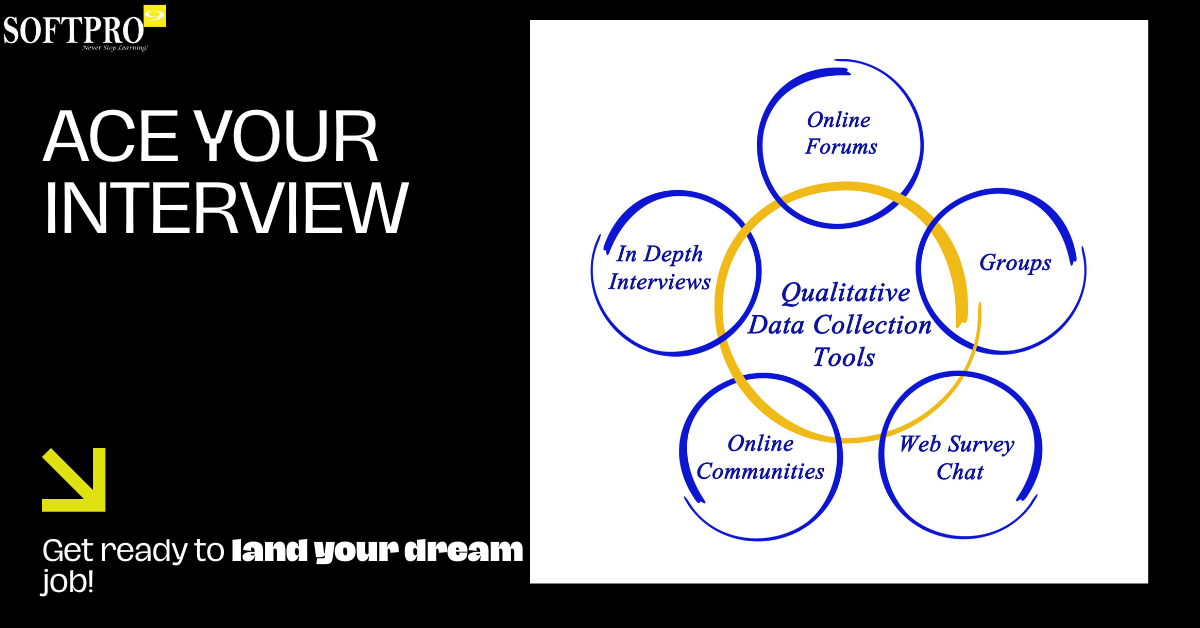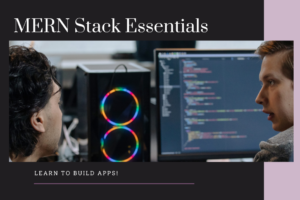
Top Data Science Interview Questions and Answers to Ace Your Next Job
#1 Myinstitutes.com is one of the Best Educational Portal and Training Institutes in MYSORE, MANGALORE, and BANGALORE.
“Master Your Data Science Interview: Top Questions and Expert Answers”
Data Science continues to dominate as one of the most promising and in-demand career paths in technology. From predicting trends to optimizing processes, data scientists play a crucial role in helping organizations make data-driven decisions. But stepping into this dynamic field requires more than just technical expertise—it demands a blend of analytical skills, coding proficiency, and a deep understanding of various data tools and techniques.
To help you prepare, we’ve created a comprehensive guide of frequently asked data science interview questions along with their answers. Whether you are a fresher or an experienced professional, this resource will help you confidently navigate the challenging landscape of data science interviews.
Why Preparing for Data Science Interviews is Crucial
Data science interviews are competitive and often cover a broad spectrum of topics, including:
- Foundational Knowledge: Basics of statistics, mathematics, and data handling.
- Programming Skills: Proficiency in languages like Python, R, or SQL.
- Machine Learning Concepts: Understanding algorithms, feature engineering, and model evaluation.
- Tools and Frameworks: Hands-on experience with libraries like TensorFlow, Pandas, and Scikit-learn.
Without a structured preparation approach, you might miss important questions or feel overwhelmed. This guide ensures you cover the most critical topics effectively.
Categories of Data Science Questions
1. Beginner-Level Questions
Designed to test foundational knowledge and theoretical understanding. Examples:
- Define data science and its key components.
- What are supervised and unsupervised learning?
2. Intermediate-Level Questions
These involve scenario-based queries to evaluate your practical application of concepts. Examples:
- How do you handle missing data in a dataset?
- Can you explain the difference between overfitting and underfitting?
3. Advanced-Level Questions
Meant for experienced professionals, these delve into complex algorithms, system design, and optimization techniques. Examples:
- What is the importance of cross-validation, and how do you implement it?
- Explain the concept of ensemble learning and its advantages.
Sample Interview Questions and Answers
Beginner-Level
Q1: What is Data Science, and why is it important?
Data science is the interdisciplinary study of extracting insights from structured and unstructured data using statistical, programming, and analytical methods. It’s important because it helps organizations predict trends, improve operations, and make informed decisions.
Q2: What is the difference between machine learning and deep learning?
- Machine Learning (ML): Focuses on building models using structured data.
- Deep Learning (DL): A subset of ML using neural networks to process large volumes of unstructured data like images or text.
Intermediate-Level
Q3: How do you handle imbalanced datasets?
Approaches to handle imbalanced datasets include:
- Using techniques like resampling (oversampling the minority class or undersampling the majority class).
- Implementing algorithms that are robust to class imbalance (e.g., SMOTE).
- Using evaluation metrics like F1-Score or AUC-ROC instead of accuracy.
Q4: What’s the difference between bias and variance?
- Bias: Error introduced by oversimplified assumptions in the model, leading to underfitting.
- Variance: Error from sensitivity to small fluctuations in the training data, leading to overfitting.
Advanced-Level
Q5: Explain the use of PCA in data science.
Principal Component Analysis (PCA) is a dimensionality reduction technique that transforms high-dimensional data into fewer dimensions while preserving most of the variance. It helps improve model efficiency and reduces computation time.
Q6: What are hyperparameters, and why are they essential in machine learning?
Hyperparameters are external parameters set before the model training begins, such as learning rate, regularization strength, or tree depth. They determine the model’s structure and learning process, significantly influencing performance.
Pro Tips for Data Science Interviews
- Practice Real-World Scenarios: Go beyond theory by working on datasets and solving problems. Websites like Kaggle or GitHub repositories can be helpful.
- Brush Up on Coding Skills: Be proficient in Python, R, and SQL—coding tests are often part of interviews.
- Master Data Visualization: Be comfortable with tools like Matplotlib, Seaborn, or Tableau for presenting data insights.
- Explain Your Projects Clearly: Focus on projects during the interview, highlighting your problem-solving approach and measurable outcomes.
- Understand Evaluation Metrics: Metrics like precision, recall, and F1-Score are crucial for model performance assessment.
Conclusion
Acing a Data Science interview is about more than just technical knowledge—it’s about demonstrating a solid understanding of the field, practical expertise, and effective communication of insights. By preparing with the questions and answers in this guide, you’ll be well on your way to landing your dream job in data science. Good luck with your journey, and remember, practice makes perfect!



